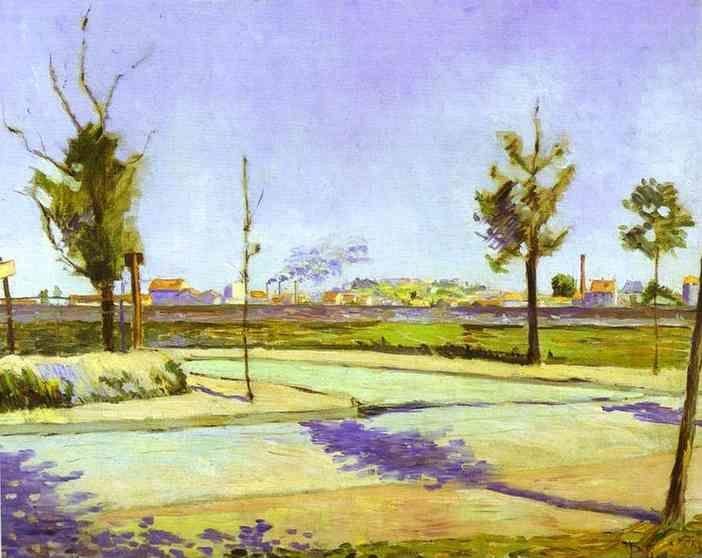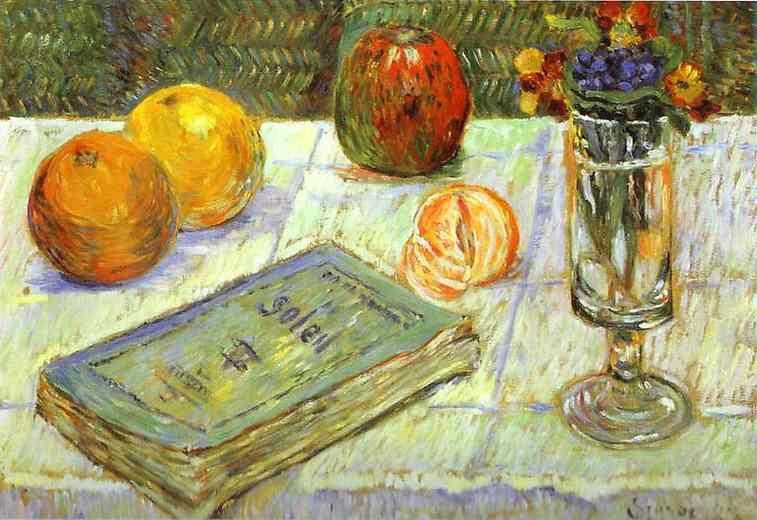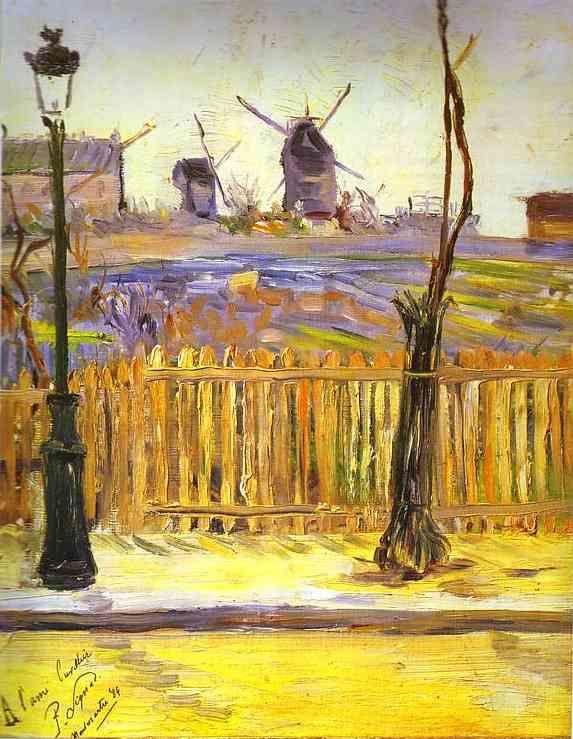Paul Signac Biography
Paul Signac was born in Paris into a family of a well-to-do master harness-maker. He began to paint in 1880 and was initially influenced by
Claude Monet and Guillaumin. In 1883 the young artist attended the free studio of Siegfried Bing (1838-1905). Energetic and sociable, Signac actively participated in foundation of the Société des Artistes Indépendants, a juryless exhibiting society, in 1884. Around 1885, he came into close contact with a group of younger artists, including George Seurat, Maximilien Luce, Henri-Edmond Cross and Theo van Rysselberghe, who set forth the aesthetic and technical creed of Neo-Impressionism (also called Pointillism or Divisionism). He enthusiastically takes the idea of these scientifically-minded painters to combine the intuitive discoveries of the Impressionists with scientific theories of interrelation of light and color. The first canvases painted by Signac in a new manner date to this time. Soon Camille Pissarro and his elder son, Lucien, joined the Divisionists. Signac subsequently formed many new friendships, helped organize exhibitions, and wrote articles of art criticism. Signac’s artistic output consists mainly of seascapes, because he remained an enthusiastic sailor all his life, and town views. He traveled widely across the country, from Le Havre to Marseilles, painting views of Paris, La Rochelle, Avignon, Colliore, Saint-Tropez and Antibes. He painted harbor scenes in Venice and Constantinople. Beside paintings, travel sketches and drawings, Signac produced a large decorative canvas Au temps d’Harmonicie for the Maison du Peuple in Brussels. In 1887 Signac exhibited for the first time with avant-garde group “Les Vingt” in Brussels, the member of which he became in 1890.
After the death of Georges Seurat (1859-1891), Signac actually headed the Neo-Impressionists. In 1892 he married Berthe Roblès, a relative of Pissarro. In 1893 they bought a house at Saint-Tropez, which was to become a resort and favorite of modern artists. In 1908 he became the president of the Société des Artistes Indépendants.
Signac has left us several important works on the theory of art, among them From Eugène Delacroix to Neo-Impressionism, published in 1899; a monograph devoted to Johan Barthold Jongkind (1819-1891), published in 1927; several introductions to the catalogues of art exhibitions; and many other still unpublished writings. By political views he was an Anarchist, as many of his friends, including Félix Fénéon and Camille Pissarro.
Died in Paris in 1935.
Bibliography
Henri Perruchot. La vie de Seurat. Hachette. 1966
Paul Signac. By N. Kalitina. Leningrad. 1976.
Impressionist Art. 1860-1920. Edited by Ingo F. Walther. Benedikt Taschen Verlag GmbH. 1997
Painting of Europe. XIII-XX centuries. Encyclopedic Dictionary. Iskusstvo. 1999.
Signac: 1863-1935 by Susan Alyson Stein, Marina Ferretti-Bocquillon, Anne Distel, John Leighton. Yale Univ Pr, 2001.
Paul Signac: A Collection of Watercolors and Drawings by Marina Bocquillon-Ferretti, Charles Cachin, Townsend Wolfe. Harry N Abrams, 2000.
Neo-Impressionist Painters: A Sourcebook on Georges Seurat, Camille Pissarro, Paul Signac, Theo Van Rysselberghe, Henri Edmond Cross, Charles Angrand by Russell T. Clement, Annick Houze. Greenwood Publishing Group, 1999.
- The Road To Gennevilliers.

1883. Oil on canvas. 73 x 91.5 cm. Musée d'Orsay, Paris, France.
- Still Life With A Book.

1883. Oil on canvas. 32.5 x 46.5 cm. Gemäldegalerie, Berlin, Germany.
- Rue Caulaincourt: Mills On Montmarte.

1884. Oil on canvas. 35 x 27 cm. Musée Carnavalet, Paris, France.